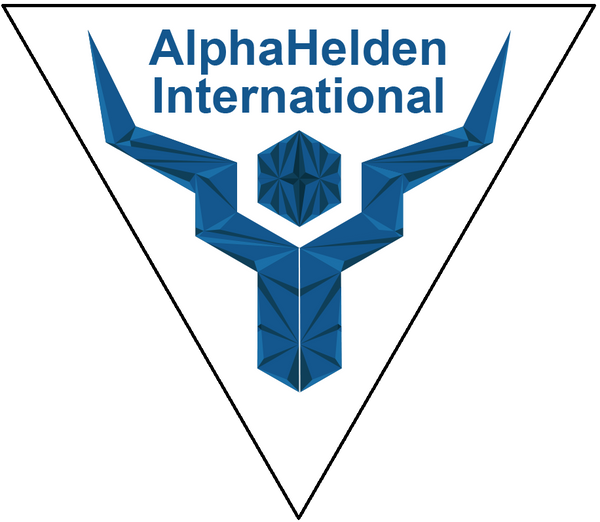
Main Trends in Five-Axis Linkage CNC Machine Tools
Share
CNC machine tools are often referred to as the "industrial mother machine" of the equipment manufacturing sector. They are crucial for boosting national industrial strength and building a strong manufacturing economy. Five-axis linkage CNC machine tools, in particular, represent the highest level of technology in the industry. They are key indicators of a nation's ability to produce complex, precise parts and show the technological advancement and automation of production equipment. The main trends in five-axis linkage CNC machine tools today are:

-
High Speed: Advancements in machine tool technology have led to significant improvements in the speed of CNC machines. Modern systems feature high-speed spindles (up to 100,000 RPM) and faster feed mechanisms, with cutting speeds reaching up to 60m/min. These improvements help reduce processing and downtime, boosting productivity.
-
Precision: Five-axis linkage CNC machine tools are highly accurate, especially with the integration of computer-aided manufacturing (CAM). They can achieve micron-level precision, ensuring the dimensional and shape accuracy of parts, and reducing the chances of processing errors.
-
Multi-functionality: These machines are well-suited for handling complex shapes and surfaces. With advancements in composite machining technology, they can now perform multiple operations—like milling, turning, drilling, and boring—simultaneously. This greatly reduces production time and improves efficiency, especially when manufacturing complex parts.
-
Intelligence: As technologies like artificial intelligence, big data, and the Internet of Things evolve, CNC machines are becoming more intelligent. Current systems feature smart optimization of processes, adaptive control, self-diagnosis and repair, fault simulation, and intelligent servo drives.
-
Flexibility: Five-axis linkage CNC machines are highly adaptable, capable of machining complex surfaces and angles in a single setup, which reduces the need for re-clamping or transferring parts. They are evolving toward greater flexibility, with CNC systems now designed for flexible production units and systems.
